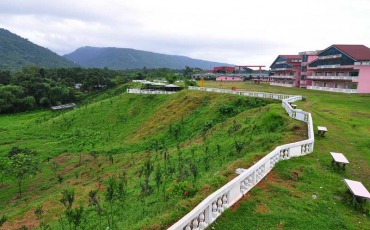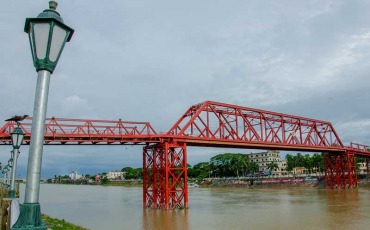- আমাদের সম্পর্কে
-
আমাদের সেবা
অফিস আদেশ
সেবাসমূহ /কার্যবিবরণী
প্রশিক্ষণ ও পরামর্শ
- অন্যান্য কার্যালয়
- ই-সার্ভিস
- গ্যালারি
- মতামত
মেনু নির্বাচন করুন
-
আমাদের সম্পর্কে
অফিস সম্পর্কিত
জনবল
জাতীয় সংগীত
-
আমাদের সেবা
অফিস আদেশ
সেবাসমূহ /কার্যবিবরণী
প্রশিক্ষণ ও পরামর্শ
-
অন্যান্য কার্যালয়
বিভাগীয় কার্যালয়
অধিদপ্তর
মন্ত্রণালয়
- ই-সার্ভিস
-
গ্যালারি
ভিডিও গ্যালারি
ফটো গ্যালারি
-
মতামত
মতামত ও পরামর্শ
Main Comtent Skiped
At a glance
Introduction to the Department of Narcotics Control The use of narcotics in socio-economic, cultural and historical context of Bangladesh is very ancient. The British East India Company started the opium cultivation and opium trade in India for their commercial interests and appointed a forman procurement and some officers for it. The British produced opium in India and earned huge profits by exporting to other countries including China, and introduced opium shops in this country.
After the emergence of Bangladesh through the Great War of Liberation, in 1976 the Excise and Taxation Department was re-assigned to the Directorate of Narcotics and Liquor under the National Board of Revenue. In 1982, production and marketing of codein mixed cough syrup, alcoholic beverages, tablets, syrup etc. were prohibited. In 1984, the ban on opium and cats were prohibited, and in 1987, cane cultivation was stopped and all the cannabis shops were lifted in 1989.
In 1857 the opium business was brought under government control and the first opium law was introduced and in 1878 the opium law was amended and the opium department was established. Then revenue from marijuana and alcohol started and in 1909 the Bengal Excise Act and Bengal Excise Department were established. In addition to opium, alcohol and cannabis, after the spread of various types of drugs made by opiate and cocaine, the government in 1930 formulated the Dangerous Drugs Act-1930.
Similarly, in 1932, the Opium Smoking Act-1932 was formulated and the Dangerous Drugs Rules-1939 was formulated in 1939 for control of opiate consumption. After the establishment of Pakistan in 1947, TheProhibition Rules-1950 was created in 1950 to control the drinking of alcohol for the Mumlmanans. In 1957, the Opium sales Rules-1957 was made. After that in the sixties, the Bengal Excise Department was named after the Department of Excise and Taxation and handed over under the Ministry of Finance.
Until 1989, the main goal of the Directorate of Narcotics and Liquor was to collect revenue from the country's narcotics. In the 1980s, drug misuse and illegal trafficking in the world increased alarmingly. In the end of 1989, the Narcotics Control Ordinance, 1989 was issued at the end of 1989 to combat the misuse of narcotics and illegal trafficking, to develop public awareness about the harmful effects of drug and to rehabilitate drug addicts in Bangladesh.
Then on January 2, 1990, the Narcotics Control Act 1990 was formulated and in place of the Narcotics and Liker, the Department of Narcotics Control was established under the President's Secretariat in the same year. Then on 9 September 1991, the Directorate was deputed under the Ministry of Home Affairs.
Department of Narcotics Control, under the Ministry of Home Ministry of the People's Republic of Bangladesh.
With regard to the import of illegal drugs in the country, the import of drugs, medicines and other industries, including import, transportation and use control, proper testing of narcotics, the treatment and rehabilitation of drug addicts, planning and implementation of the prevention programs for the creation of mass awareness about the evil of narcotics, and other international organizations including the United Nations Creating intimate work-related relationships with The main responsibility of the Directorate to create resistance against national and international drugs is through.
Youtube
Site was last updated:
2025-03-17 09:52:49
Planning and Implementation: Cabinet Division, A2I, BCC, DoICT and BASIS








